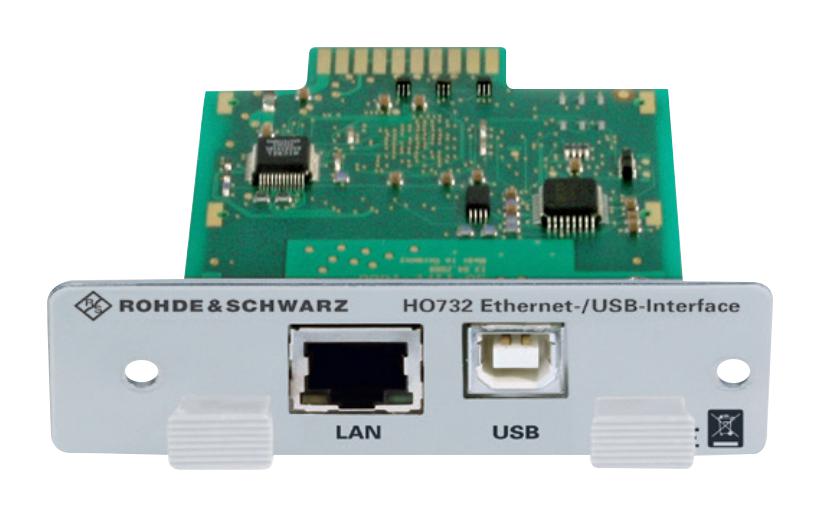

The buttons are used to set the parameters of the Oscilloscope. It could work with a simple USB connector. Other than this the OLED is connected over the A4 and A5 is the I2C SCL and SDA pin with a 4.7K pull-up resistor. Both the op-amp are set with the same negative feedback with an x5 gain setting. The offset can be changed using the potentiometer (which is having 100K resistance). Both the op-amp is fed with a reference voltage that is used to offset the signal and using analog inputs it is plotted on the scope graph. As the input signal will be AC and we do not have split rail construction, there are two op-amps (from a single Op-Amp 8 pin package) used to make the signal ac coupled. The main part of the schematic uses a single op-amp IC that is LM358 which includes two op-amps inside one single chip. The schematics to build an Arduino-based Oscilloscope is very simple and only required a few parts, you can check out the complete circuit diagram below.

Materials Required to build an Arduino based Oscilloscopeįollowing components are required to make this portable, mini Oscilloscope using Arduino Nano.

We have changed a few codes and hardware to suit our requirements. This project is inspired by Peter Balch Oscilloscope in a Matchbox project. In this article, we'll build a simple, low-cost Arduino-based oscilloscope with a 1.3" OLED display that can be used to visualize waveforms accurately. You can check them out if you are interested. We have also previously built many oscilloscope projects like a DIY oscilloscope using Raspberry Pi and a Serial monitor-based Arduino Oscilloscope. However, it is prohibitively expensive for students, hobbyists, and that's why in this article we will discuss how to make a mini oscilloscope at home using Arduino. In general, every electronic hobbyist or someone interested in dealing with electronics will require an oscilloscope at some point. An oscilloscope is an electronic test device that can monitor the steady change of any electrical voltage using two-dimensional graphs, where the change of one or more electric voltages is placed over time on the vertical Y-axis.


 0 kommentar(er)
0 kommentar(er)
